System architecture
It's better to describe things with diagrams, so take a look below! :)
The higher the radioactivity, the more pulses the device produces on the output, so it works somewhat like a GM counter. One key difference, however, is that this sensor doesn't use the avalanche effect, so the amplitude (at least in theory, I haven’t tested it yet) should be proportional to the energy of the particle.
The sensor is made from three photodiodes connected in parallel. They are polarized using four 12V batteries. The current drawn from the batteries is extremely low, so they should last a long time.
First stage of amplification consist of transimpedance amplifier, due to the very low signal from the photodiodes, the feedback resistor of this amplifier has a value of 1GOhm. The next stage is an inverting amplifier.
The device has two outputs: an analog output, where an oscilloscope can be connected, and a digital output with a logic level of 12V. The digital output (high state when a pulse occurs, low state otherwise) can then be collected and analyzed.
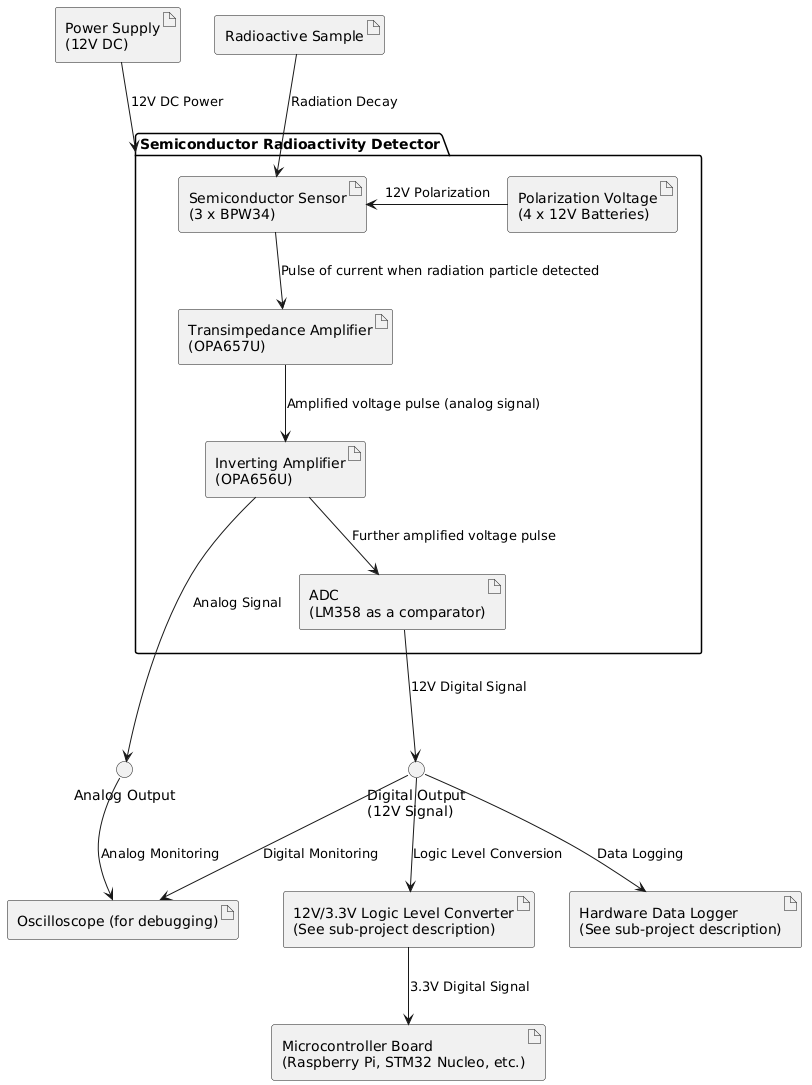
To store data, I used a NUCLEO-F091RC with a small breadboard attached. This sub-project allowed me to view the results in real time using a small LCD, and also to send the data for further analysis. I am currently reworking this sub-project and have moved it to a separate Git repository. Progress can be followed here: Hardware Data Logger
Hardware
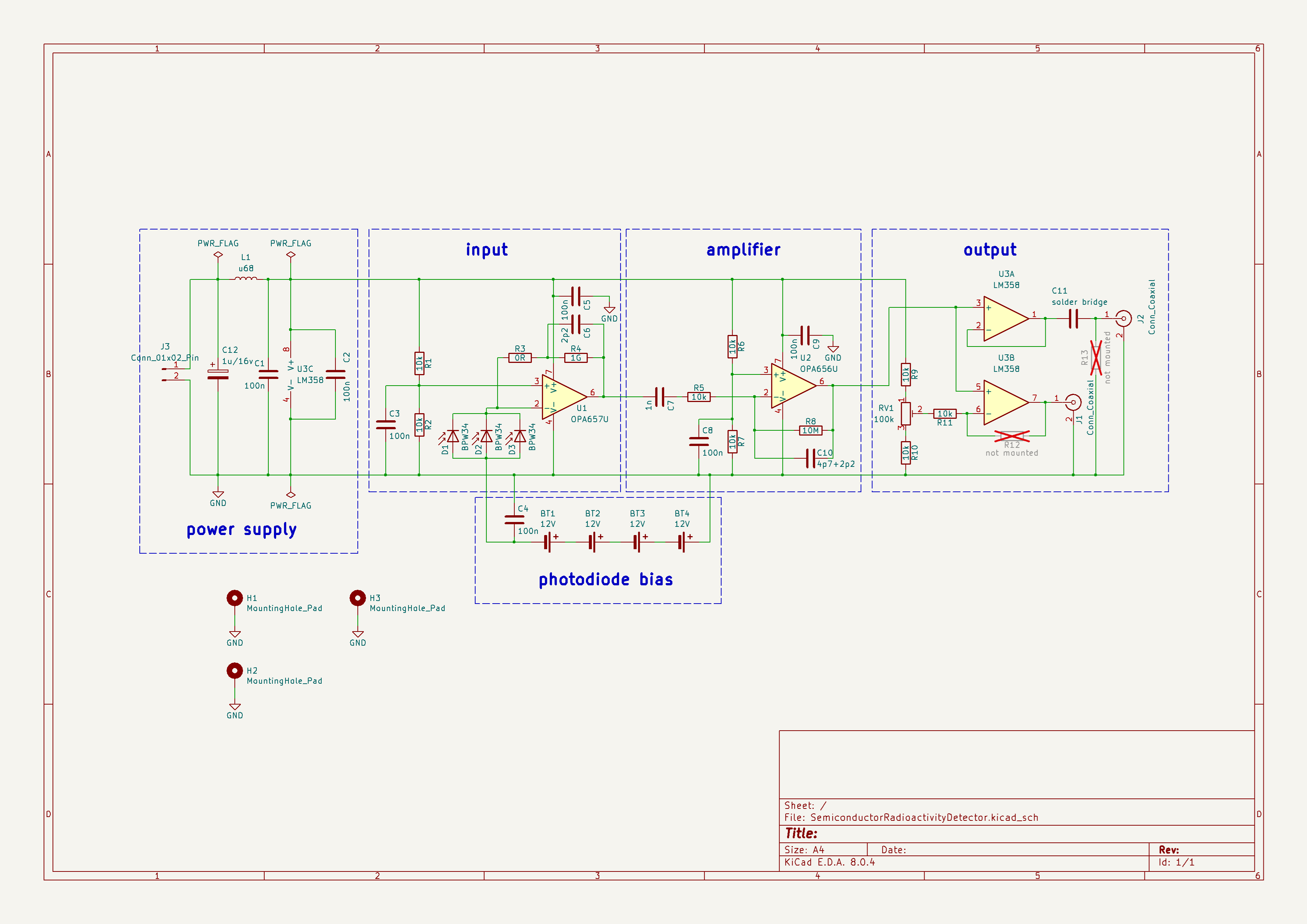
Hardware was done using Kicad.
Software
I created a simple script in R in order to plot the results. Below you can see a sample of results.

In the future, I plan to visualize measurements using Grafana.
Mechanic
It's important to note that the device won't function properly without adequate shielding from EMI and light. The chassis must be made of metal and properly grounded.
I drilled a small hole where the photodiodes are located and covered it with tin foil to allow easier penetration of radioactivity. Otherwise, the thick metal chassis would block it.
 Robert Gawron
Robert Gawron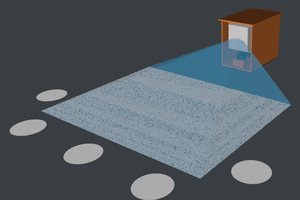
 Timescale
Timescale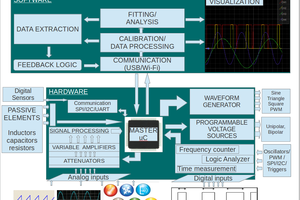
 Jithin
Jithin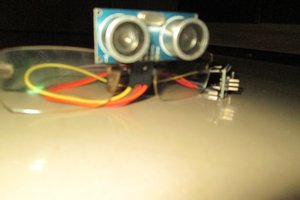
 Debargha Ganguly
Debargha Ganguly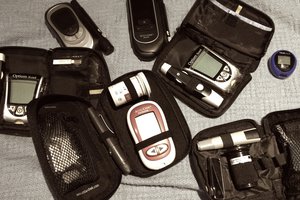
 Linus Dillon
Linus Dillon